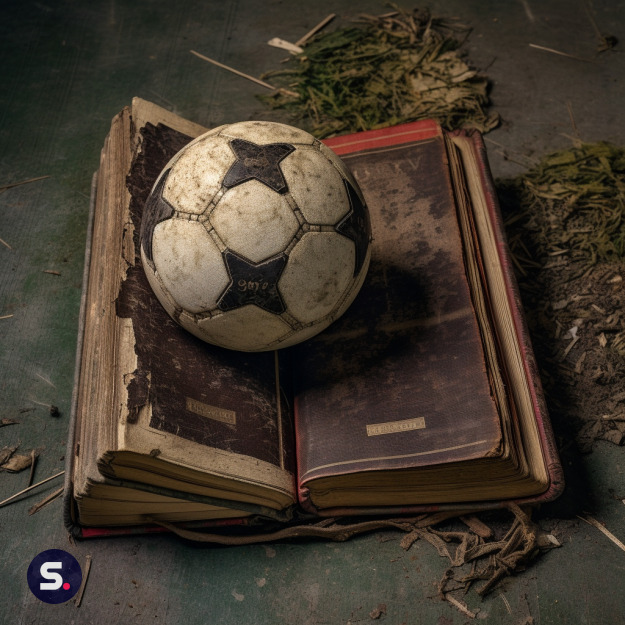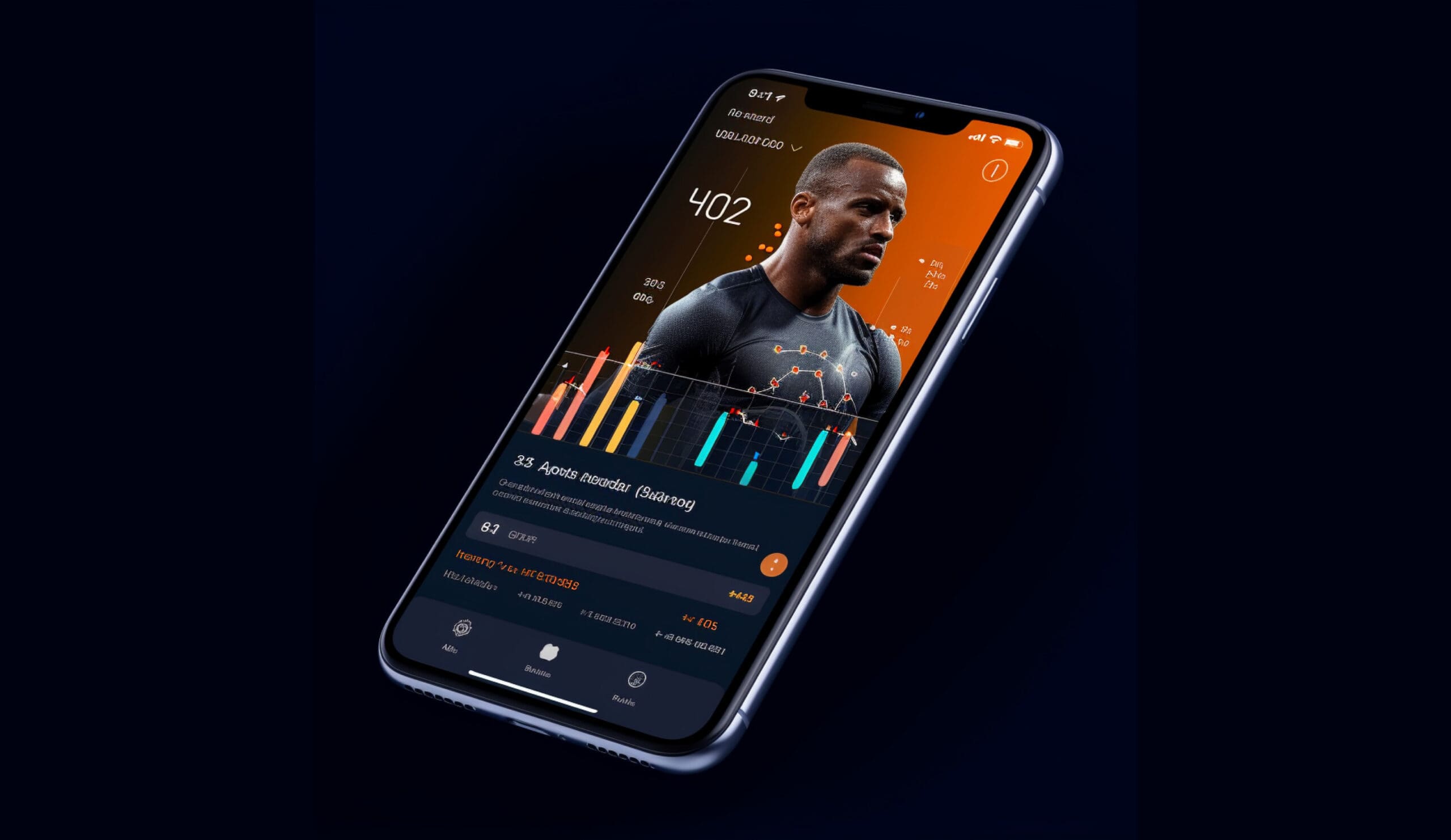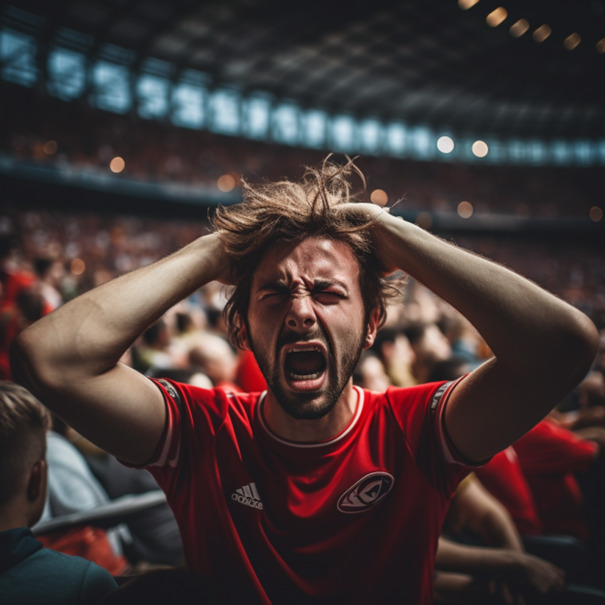
Contents
What is a counter attack?
A counter-attack in football is a tactical move where a team rapidly transitions from defence to offence immediately after regaining possession. The goal is to exploit the opponent’s temporary disorganisation following their own attack, often creating a high-quality scoring chance before the defending side can regroup.
How a counter-attack works: Speed and surprise
A successful counter – attack relies on two things: speed and catching the other team off guard. It’s about capitalising on a brief moment when they’re vulnerable.
First, you win the ball back, maybe with a tackle or an interception. Then, you switch from defending to attacking instantly, no hesitation allowed. You look for the open space the other team left behind when they were attacking. Quick, long passes or through balls move the ball forward fast, getting it to your attacking players.
The goal is to have more attackers than defenders in front of the goal. And finally, you have to finish the chance quickly and decisively, because the other team will try to get back into position. A good counter-attack is a fast, sudden change of momentum, turning a defensive moment into a scoring opportunity before the other team can recover.
Want to track teams attacking potency? Check out Sportmonks for access to live scores, match stats, and more in leagues like the Bundesliga and Premier League.
Why counter-attacks are so effective
Counter-attacks work so well in football because they take advantage of when the other team is disorganised. Here’s why they’re so powerful:
⚽ First, they catch opponents off guard. When a team attacks, they move players forward, leaving them open when they lose the ball. A counter-attack hits them when they’re not ready.
⚽ Second, they target the moment when a team is switching from attack to defence, which is often their weakest point. By moving the ball quickly, attackers can create situations where they have more players than the defenders, leading to clear scoring chances.
⚽ Third, a good counter-attack can really hurt the other team’s confidence. It can make them afraid to push forward, which is a big advantage. Imagine the thought of Kylian Mbappe running at you if you lose the ball in a dangerous area.
⚽ Fourth, they’re efficient. You don’t need a lot of passes or long build-up plays; you can score quickly.
⚽ Fifth, they use the speed and skill of your attacking players. Fast passes and quick dribbling runs can break down a disorganised defence and mount a major attack.
⚽ Finally, they show how important good defence is. If you can defend well, you can quickly turn a defensive play into a scoring opportunity.
Factors that make a counter-attack successful
There are a few things that make a counter-attack really work. It’s not just about being fast, but a bunch of things coming together at the right time.
⚽ First, you have to be super quick in switching from defence to attack. Any delay gives the other team time to get back into position.
⚽ Second, your passes need to be accurate and aimed forward. Long passes or those that cut through the defence can get the ball to your attackers quickly.
⚽ Third, your attackers need to be fast and smart, making runs that take advantage of the open space.
⚽ Fourth, when you get a chance to score, you have to be clinical and take it.
⚽ It also depends on the other team. If their defence is disorganised or they’re bad at switching from attack to defence, it’s easier to counter-attack. And if they leave space behind them, that’s even better.
⚽ Other things that help are if they lose the ball in a dangerous area, or if your goalkeeper can make a quick throw or kick to start the attack.
⚽ And lastly, your players need to know when to counter-attack and how to do it. This means recognising the other team’s weaknesses and making smart decisions.
Analysing counter-attacks
When you’re trying to understand counter-attacks, it’s not just about counting how many goals they score. You need to look deeper and see the patterns, the things that make them work.
⚽ For example, how often does a team try to counter-attack, and how often do they score from it? This tells you a lot about their strategy and how good they are at it. You also want to see how fast they switch from defence to attack. You can measure this by looking at how long it takes them to move the ball forward.
⚽ Then, what kind of passes do they use? Long balls, through balls, or short, quick ones? And where are they aiming those passes? Who are the main players involved? Who is an often ball-carrier when they counter? This shows you who the biggest threats are and what their roles are in the counter-attack.
⚽ You also need to look at the other team. What are their weaknesses? Are they slow to get back on defence, or is their defence just not organised well? How good is the team at using the space they have? Can they get more attackers than defenders in front of the goal, and can they find space behind the other team’s defence?
⚽ And when they get a chance to score, how good are they at finishing? You can see this by looking at how many of their shots go in and their xG value. Are there any patterns in how they attack? Maybe certain players always make the same runs, or they use the same passing combinations.
⚽ Finally, watching videos of the games is really important. It helps you see those key moments and patterns, and it lets coaches and analysts break down the play and figure out how to get even better.
How to defend against counter-attacks
Stopping a counter-attack isn’t just about running back as fast as you can; it takes smart tactics and quick thinking. Here’s how teams try to shut them down
⚽ Immediate pressing after loss of possession (Counter-pressing/Gegenpressing): As soon as you lose the ball, the players closest to it immediately try to win it back. This disrupts the other team’s attempt to start a counter-attack. It works best in the opponent’s half, because if you get the ball back quickly, you can attack straight away. Jurgen Klopp took the premier league by storm when he implemented this technique at Liverpool and it led to him racking up a premier league win percentage of over 62.5% while at the club.
⚽ Tactical fouling (Strategic disruption): If a dangerous counter-attack is developing, a player may commit a foul to break up the play. This prevents the opponent from exploiting a clear scoring opportunity. Real Madrid have been known to implement this strategy a lot over the years, with players like Casimero, Ramos and Valverde often seen as the masters of the dark arts of tactical fouls. This is often done in midfield or in wide areas to prevent fast breaks, although doing this results in a yellow card being shown.
⚽ The offside trap (Disrupting forward runs): Defenders move up the pitch together just as a pass is made to an attacker, trying to catch the attacker offside. This requires perfect timing and communication. In the first 16 games of the 2024/25 season, Barcelona implemented this technique to great success and caught opposition 108 times.
⚽ Quick recovery and tracking back (Defensive sprinting): Players need to sprint back and cover their positions as soon as their team loses the ball. This is especially important for defenders and midfielders who were involved in the attack.
⚽ Defensive shape and organisation (Zonal marking and compactness): Maintaining a compact defensive shape, with players close together, reduces the space opponents can exploit. Diego Simeone’s Atletico have often been criticised for their compact nature, but one thing’s for certain, they’re less likely to successfully get countered as they keep a tight knit team, often allowing very little space for teams to counter them. Zonal marking, where players cover specific areas of the pitch, helps prevent opponents from finding gaps.
⚽ Goalkeeper’s sweeping role (anticipating through balls): Goalkeepers must be alert and ready to come out of their goal to clear through balls or close down attackers. Manuel Neuer is seen as one of the goalies that popularised this move, with his lightning quick movements from his box, even all the way to the halfway circle to clear a promising attack.
⚽ Slowing down the attack (delaying tactics): If a counter-attack is already underway, defenders try to slow it down by forcing attackers wide or delaying their forward progress. This allows teammates time to get back and support the defence.
⚽ Communication (verbal and visual cues): Clear communication between defenders is essential for coordinating movements, warning each other of dangers, and maintaining defensive shape. Visual cues such as hand signals are also very useful.
⚽ Anticipation and reading the game (defensive awareness): Defenders try to anticipate the opponent’s moves and read the game. This allows them to intercept passes, anticipate runs, and tackle attackers before they can create scoring opportunities.
Masters of the counter: Teams that thrived on the break
Throughout football history, some teams have been incredible at counter-attacking. They could switch from defence to attack so quickly and score with such precision that it left a mark on the game. Here are a few examples:
⚽ Liverpool’s Salah, Mané, and Firmino (The “MSF” Era): Under Jürgen Klopp, this trio was unstoppable on the counter. They were so fast, moved so intelligently, and understood each other so well that they could take advantage of any mistake by the defense. Liverpool’s style of pressing high often forced turnovers, leading to quick counter-attacks that left opponents dizzy. They could go from defending to scoring in seconds.
⚽ Real Madrid’s “BBC” (Bale, Benzema, Cristiano Ronaldo): This trio was also famous for devastating counter-attacks. Their speed, power, and finishing made them a nightmare for defenders. Real Madrid was incredibly dangerous because they could switch from defence to attack so quickly, often with long, accurate passes. They were especially good at using the space they had in the Champions League.
⚽ Leicester City (2015-16 Premier League Champions): This team, led by Claudio Ranieri, shocked everyone by winning the Premier League. They were masters of the counter-attack, with a strong defence and lightning-fast transitions led by Jamie Vardy and Riyad Mahrez. They could absorb pressure and then strike quickly, making them incredibly effective.
⚽ Inter Milan (under Jose Mourinho): Mourinho’s Inter Milan team that won the Champions League in 2010 was a masterclass in counter-attacking. They had a solid defence and could strike when you least expected it. Players like Sneijder and Milito were crucial to their counter-attacking style. A perfect football game example of this was when Inter knocked out holders Barcelona in the semi finals by soaking up the pressure, taking a commanding 3-1 lead in the first leg and losing 1-0 in the second, thus advancing by aggregate.
⚽ Bayern Munich (under Jupp Heynckes 2012-13): This Bayern team won the treble and was devastating on the counter. They could win the ball back high up the field and then attack quickly. Players like Robben and Ribery were very effective in these transitions. It’s no surprise that they won the treble that year.


